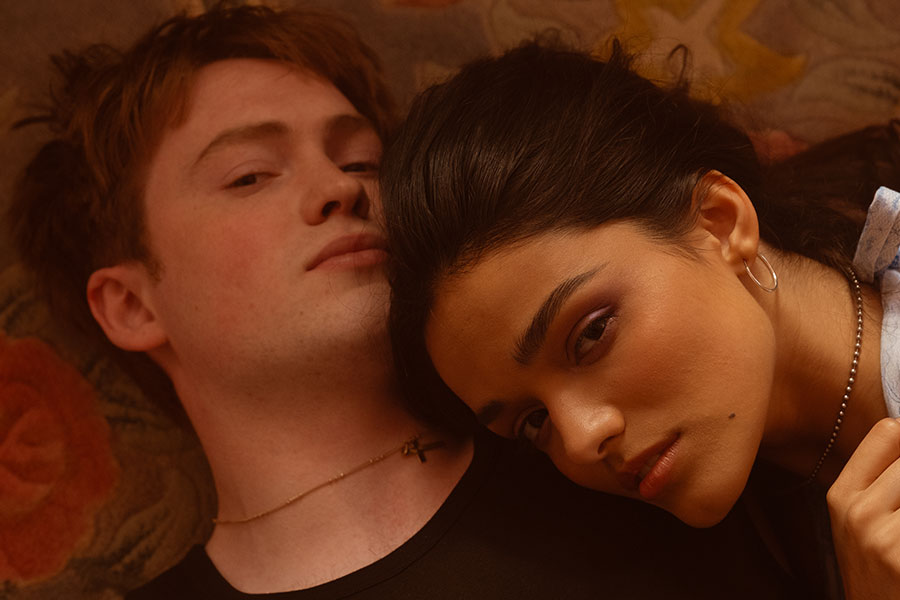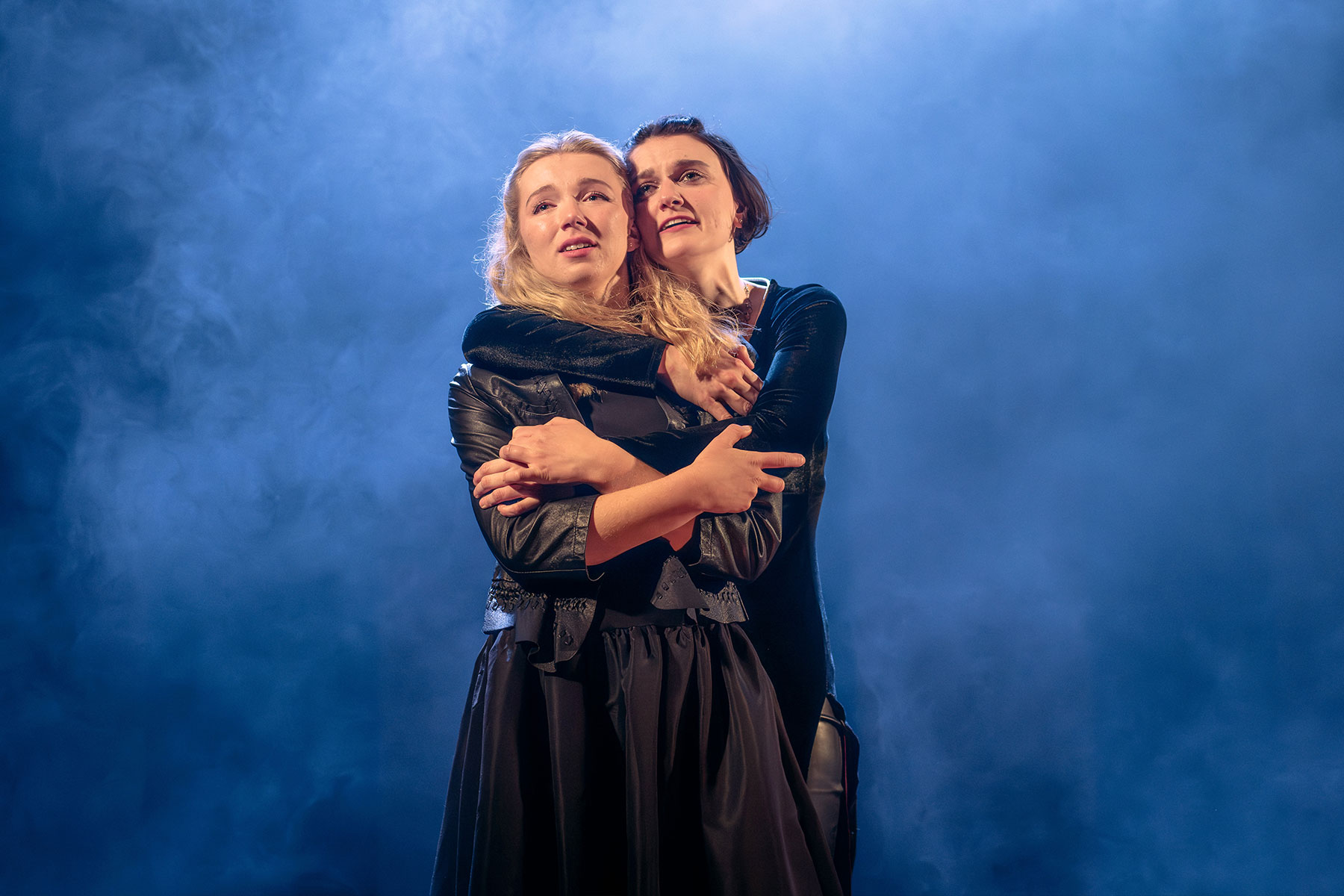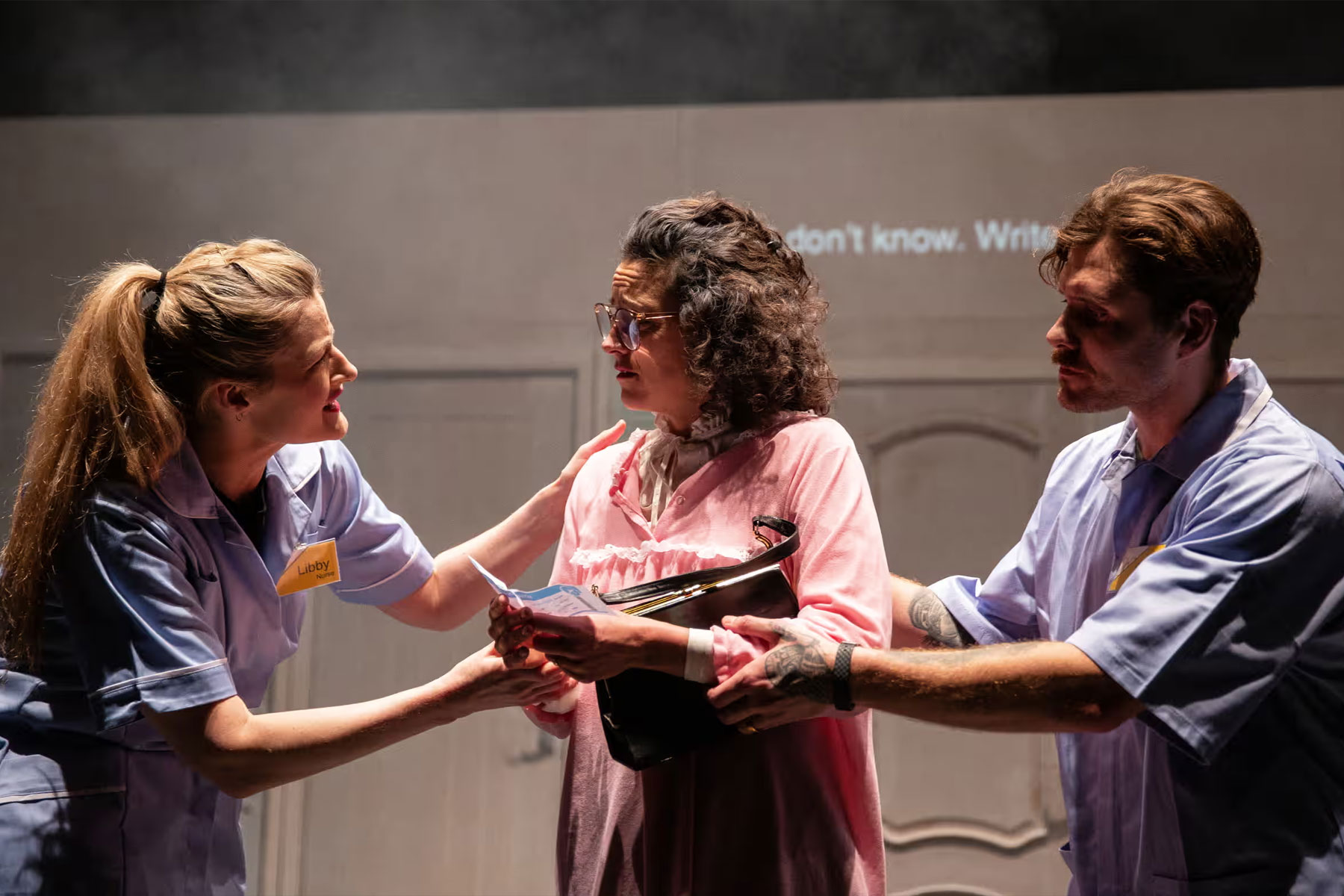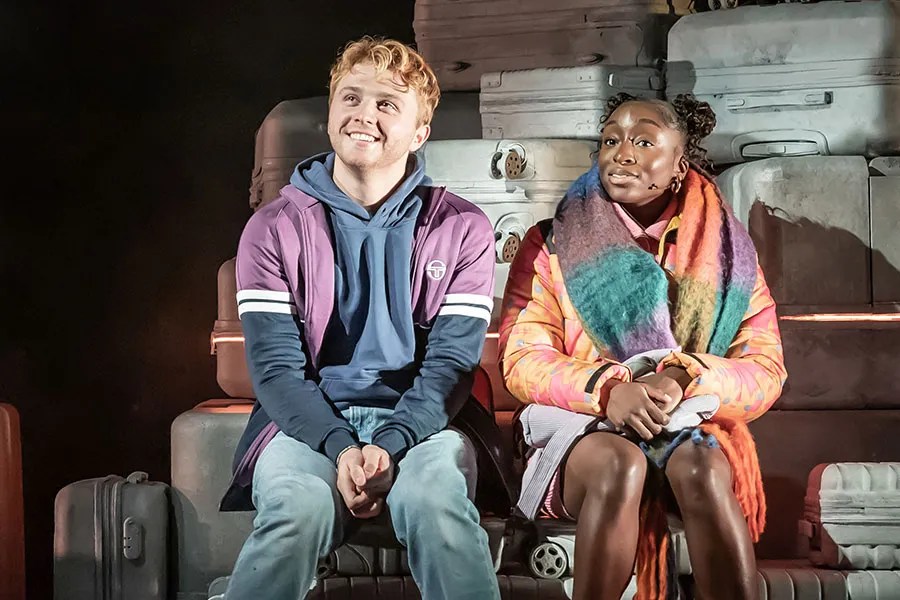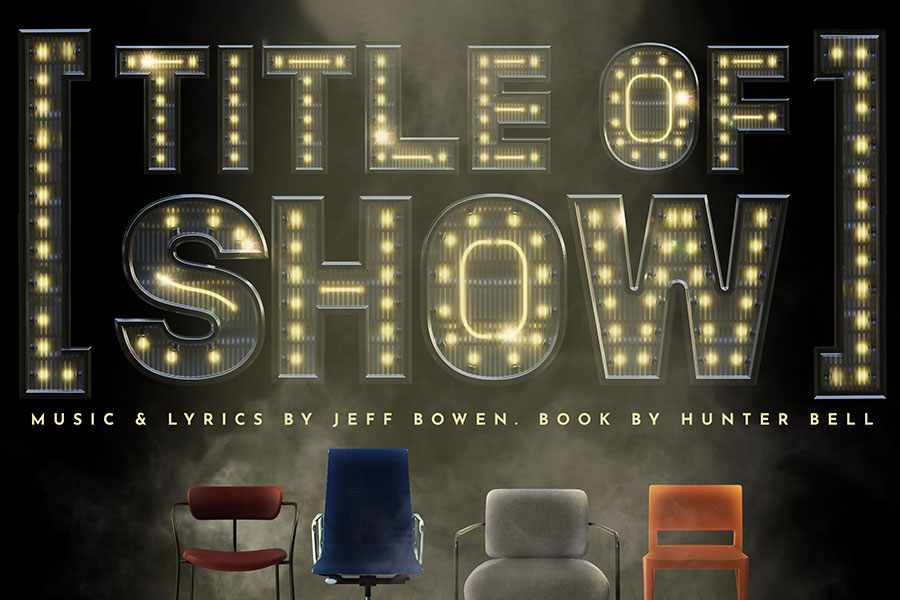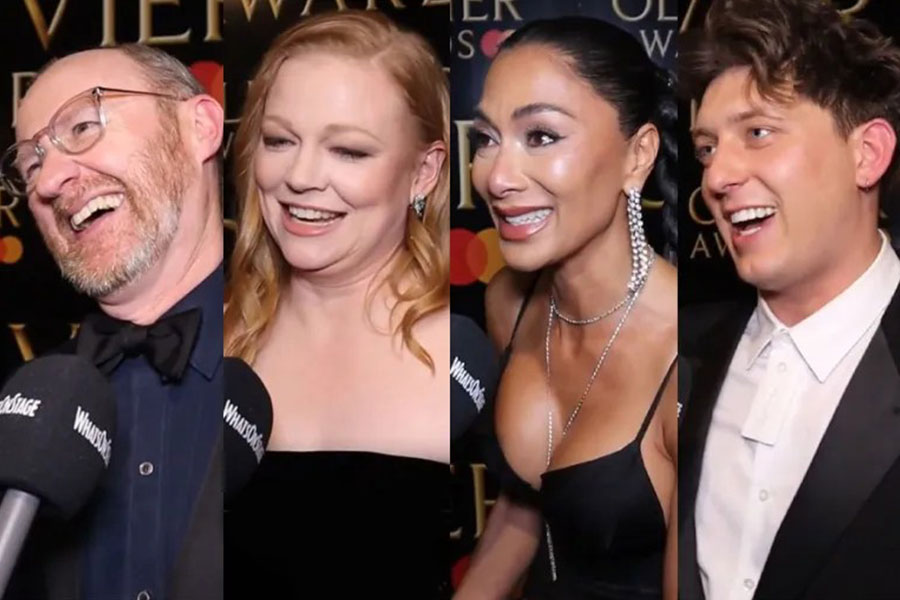The Barber of Savile Row
In place of formal recitative there’s spoken dialogue. Which again is fine, provided that the singers can speak it with conviction and a proper degree of volume. This the cast I saw did not always succeed in achieving. Nor am I sure that the cuts made to accommodate an over-the-top police officer (Tony Harris) and his cohorts in two extended comedy sequences were valid.
The new overture has themes from Figaro’s “Largo al factotum” as well as the original’s crescendo; Stephen Hose conducts from the keyboard in proper early 19th century style. At least one of the Count’s arias (the Marquis of Basingstoke in this version; one of the frequent Gilbert & Sullivan references) becomes an ensemble piece to considerable effect.
Other nice touches include making the creepy Don Basilio into a kleptomaniac nun Sister Donna Basil (Phil Canner), extending the part of Fiorello, the manservant into the omnipresent Frederick (Richard Harding) and providing Figaro himself (Richard Immerglück) with female assistants. The Teddy Boy band which provides the initial serenade is neatly characterised.
If Harriet Campbell’s Rosie, daughter to the late Mr Simpson and ward of his partner Mr Bart, manages all the considerable complexity of her part, Jezz James as the Marquis seems to find some of the high tessitura of the role something of a strain, though he acts the somewhat dopey aristocrat very well. Matthew Quirk has no such trouble as Bart, nor does Canner as Basil. Bertha is allowed her second-act aria “Il vecchiotti cerca moglie” and Nicola Smedley did proper justice to it.
In the title role Immerglück looks the wide-boy crimper perfectly but lacks the pistol-like diction to convey all the character’s cunning; this was particularly noticeable in the entrance cavatina. I suspect that the contrast between the elaborate arias, duets and concerted pieces and the spoken dialogue provides too much of an audible gap. It’s fun, furious and frothy. But it does need a stage director to tighten it all up.
Reviewed at Civic Theatre, Chelmsford
– Anne Morley-Priestman



